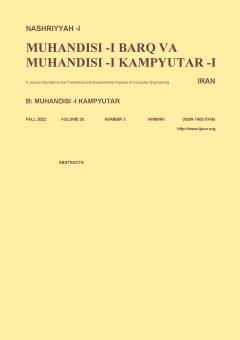-
-
List of Articles
-
Open Access Article
1 - Introducing Intelligent Mutation Method Based on PSO Algorithm to Solve the Feature Selection Problem
Mahmoud Parandeh Mina Zolfy Lighvan jafar tanha -
Open Access Article
2 - An Approximate Binary Tree-Based Solution to Speed Up the Search for the Nearest Neighbor in Big Data
Hosein Kalateh M. D. -
Open Access Article
3 - Multi-Objective Logic Synthesis of Quantum Circuits
Arezoo Rajaei Mahboobeh Houshmand Seyyed Abed Hosseini -
Open Access Article
4 - Semi-Supervised Self-Training Classification Based on Neighborhood Construction
mona emadi jafar tanha Mohammadebrahim Shiri Mehdi Hosseinzadeh Aghdam -
Open Access Article
5 - A Step towards All-Optical Deep Neural Networks: Utilizing Nonlinear Optical Element
Aida Ebrahimi Dehghan Pour S. K. -
Open Access Article
6 - Provide a Personalized Session-Based Recommender System with Self-Attention Networks
Azam Ramazani A. Zareh -
Open Access Article
7 - A Content-Based Image Retrieval System Using Semi-Supervised Learning and Frequent Patterns Mining
Maral Kolahkaj
-
The rights to this website are owned by the Raimag Press Management System.
Copyright © 2017-2025







